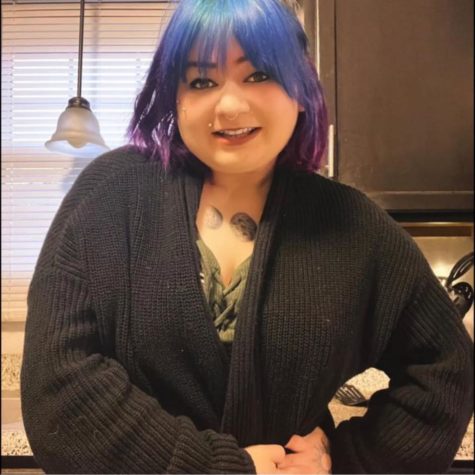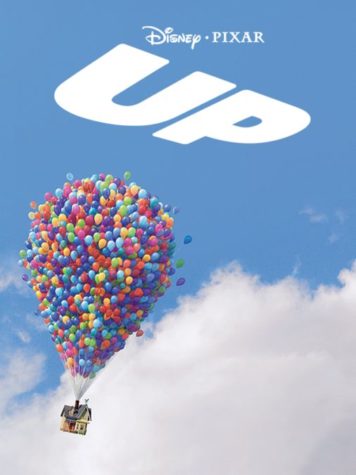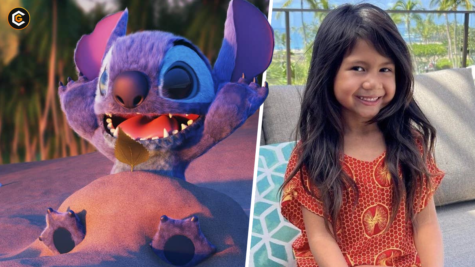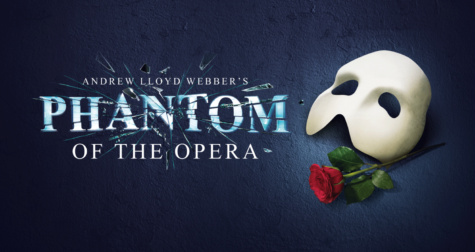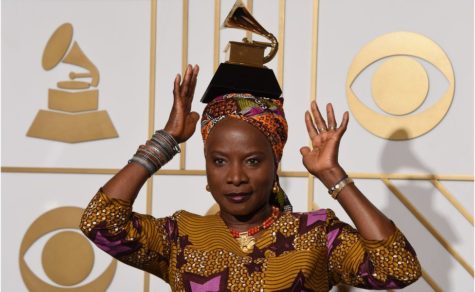Hurst Hot Take: “Desperate Housewives”
November 17, 2021
Television has been the center of our society’s entertainment for decades now. There are television shows that have been easily forgotten, but then there are those that have solidified themselves as classics in our society’s cultural vault. Television shows from the early 2000s, for example, have been resurfacing in our culture amid the streaming service phenomenon. Of the many beloved shows that have made a reappearance in our culture (and in our hearts), the one that needs to be discussed more is the 2004 classic, Desperate Housewives.
Desperate Housewives is a dramedy (drama and comedy), mystery, soap opera that follows the lives of four women in suburbia following the death of their good friend, Mary Alice Young (Brenda Strong), who commits suicide in the opening of the pilot episode. The eight seasons follow the lives of her friends: Susan Mayer (Teri Hatcher), Lynette Scavo (Felicity Huffman), Bree Van de Kamp (Marcia Cross), Gabrielle Solis (Eva Longoria) and the women’s families. The show highlights the lives of these women, their families and their relationships. The show mainly takes place on Wisteria Lane, the fictional street where each character lives.
While the story is mainly co-medic, there is some element of mystery in the earlier seasons and themes of family, love and death that linger throughout each season. One of the best things about this television show is how it views cliche elements of suburbia and elements of the friendship the women have with one another and as a group.
The show is narrated by the late Mary Alice Young as she watches over the women and the life she has left behind on the Lane; Young’s commentary provides input to what each woman is going through. One of the unique properties of this show is the way it portrays each woman and their individual struggles. Although the show focuses on the four women, it is also skilled at highlighting the relatable struggles of their families, romantic lives and the other neighbors on Wisteria Lane.
Another critical element to the show, especially the earlier seasons, is the element of mystery. Following the events of the pilot, the mystery of the first season is devoted to what led to Mary Alice killing herself. The second season raises the question: “How much do we know about our neighbors?” The remainder of the show shifts to focus on the evolution of the women’s families on the progression of life on Wisteria Lane.
Desperate Housewives was created by Marc Cherry, who is a respected writer and producer known for creating theatrical shows. Since this show Cherry is still active in the industry and has since created Why Women Kill, a unique show that is very similar to Desperate Housewives due to its whimsical themes and symbols of suburban life. This 2004 favorite was once raved about by wine moms and critics alike. It first premiered on ABC on Oct. 4, 2004, and reoccurred every Sunday night at 9 p.m. for its entire eight-season, eight year-run on-air.
Totaling 180 episodes, Desperate Housewives was a critical success, and its pilot episode pulled in 21.64 million views according to the show’s Wikipedia page. Over the course of the eight-year run, the show would win a total of 71 awards and would be nominated for various awards a total of 273 times.
Today, Desperate Housewives is still heavily respected as a prodigal of classic 2000s television and still has a following to this day. For example, Mercyhurst’s organization MIAC hosted a concert by Vanessa Williams who held a starring role on the series in the seventh and eighth seasons. “Wisteria Gays” and “Tales From Wisteria Lane” are two active podcasts that watch and review the show respectively. Numerous Instagram accounts are dedicated to actresses of the show, and the show itself (which can be binged on Amazon Prime Video and Hulu).
If you are looking for a show that is light-hearted, mysterious and a great look into early 2000s suburbia, then Desperate Housewives is the perfect match for you!

